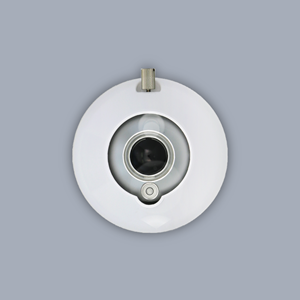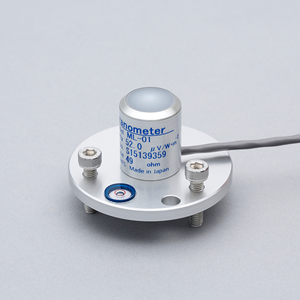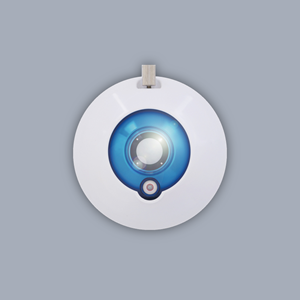Improved Measurement Accuracy with Active Dew & Frost Resistance
Quick Read Whitepaper Preview

Why worry about Dew & Frost?
Similar to the effects of ‘soiling’; the accumulation of material on PV panels, usually dust, leaves, or bird droppings; dew and frost, can have a negative impact on energy production and optical measurements performed at PV sites and the measured irradiance values of pyranometers by reflecting, blocking or absorbing solar irradiance.

Dew and frost can become a daily problem in certain climates or at certain times of the year. Unlike dust or grime, however, dew and frost dissipate naturally over time, sometimes quite quickly. When the sensors and monitoring systems used to manage solar parks are affected too, it can become difficult to make an accurate assessment, gauge the impact on potential yields or make decisions about cleaning and maintenance.

Dew & Frost
Pyranometers are affected
Dew & Frost forms on the dome of a pyranometer owing to radiative cooling at night and can lead to measurement errors, particularly in the early morning. In addition to the direct impact on measurement accuracy, dew and frost can support soiling, helping sand and dust adhere to the sensor dome.
Due to the impact that dew and frost can have on PV systems, Class A monitoring solutions compliant with IEC 61724-1:2021 are required to mitigate against them to ensure accuracy.


Explained
IEC 61724-1:2021
Defines classes of photovoltaic (PV) performance monitoring systems and serves as guidance for monitoring system choices.
Dew & frost mitigation is a requirement for ‘Class A’ monitoring system irradiance sensors in locations where either dew or frost is expected to occur for more than 2% of annual Global Horizontal Irradiance (GHI) hours.
Dealing with Dew & Frost
The conventional solution for dew and frost on a pyranometer has been to attach an external ventilation and heating unit, usually designed not just for dew and frost but heavy snow too.
However, many pyranometer heating systems are designed to stay on, drawing power whether they are needed or not.
And while EKO’s own MV-01 external ventilator and heater option, and the heating system in the MS-80SH, have been carefully designed to avoid affecting the thermopile sensor in our pyranometers, the heaters used in other brand pyranometers can lead to offsets in measured values, and lower accuracy.
As PV sites have grown in size and complexity, the need for an alternative, in-built, high-accuracy, low-power heating solution for pyranometers has grown too, especially in cases where the solar radiation monitoring system is battery-powered or in a remote location. This is why we developed the MS-80SH.
Features
MS-80SH Pyranometer
- <1.4W Integrated High-Efficiency User Controlled Dome Heating for active dew & frost resistance
- ISO 9060:2018 Class A, Spectrally Flat & Fast Response
- <0.5s Super-Fast response for always accurate measurements
- <1W/m² Record Lowest Zero Offset A, and <0.5% Lowest Non-Stability over 5-Years
- Level A EMI/EMC Electronics Surge Filter & Protection
- Internal Diagnostics for temperature, tilt, roll, and relative humidity
- 5-Year Warranty & Recommended Recalibration Interval
- ISO 17025 accredited calibration


OVERVIEW
Upgrade Your Expectations
With an on/off, user-controlled, integrated high-efficiency dome heating system, the MS-80SH is the new standout choice for value, accuracy, speed, reliability and IEC 61724-1:2021 Class A monitoring.
Featuring EKO’s state-of-the-art thermopile detector and quartz diffusor technology, S-Series internal diagnostics, superior low zero-offset behaviour, surge protection and digital Modbus 485 RTU and SDI-12 interfaces; the MS-80SH is ideal for any application.
These features, along with EKO’s unique 5-year recalibration interval and new high-efficiency, low power consumption, integrated solid-state dome heating, make the MS-80SH one of the best value Class A sensors available; great for complex networks, hard-to-reach locations, monitoring networks with restricted access or areas prone to dew, frost and variable weather conditions.
Keep Reading
Register to download the complete 'Quick Read Whitepaper' and learn more about the MS-80SH with integrated dome heating, how we validated its' performance and how you can switch the heating system on or off using 'Hibi' a custom, free-to-download programme developed by EKO.

























